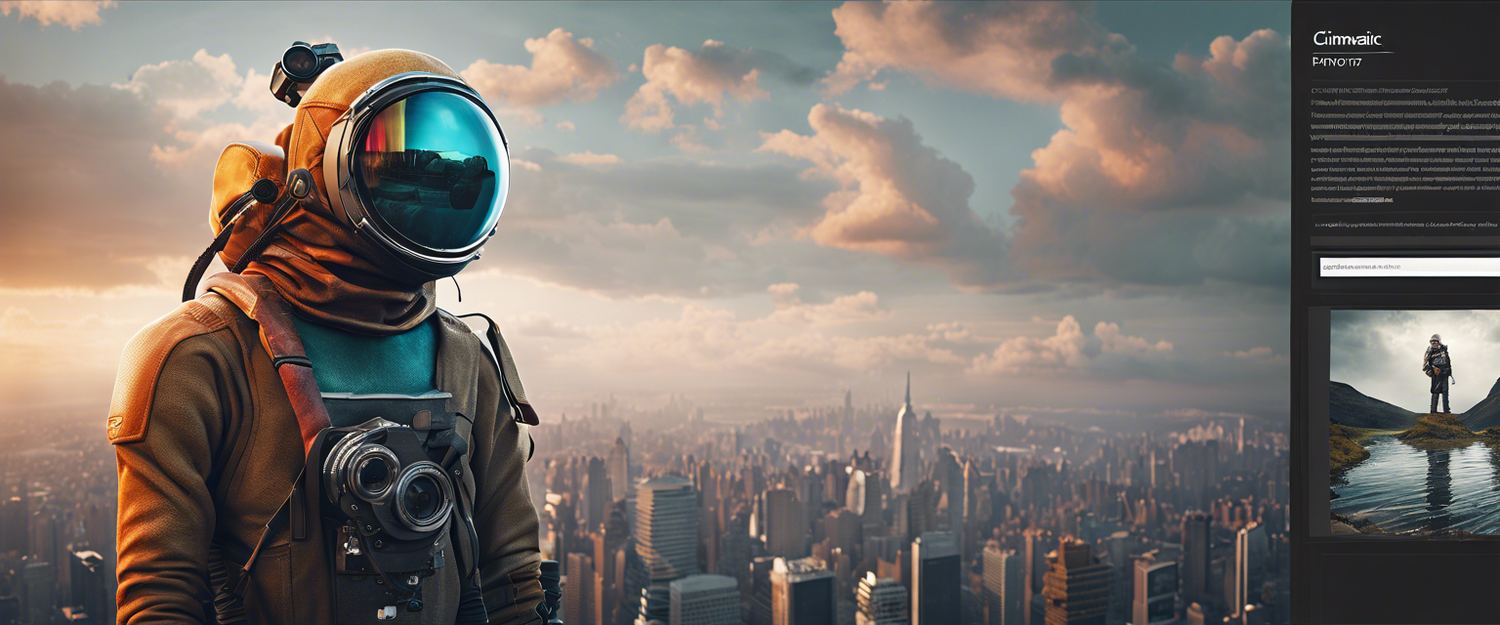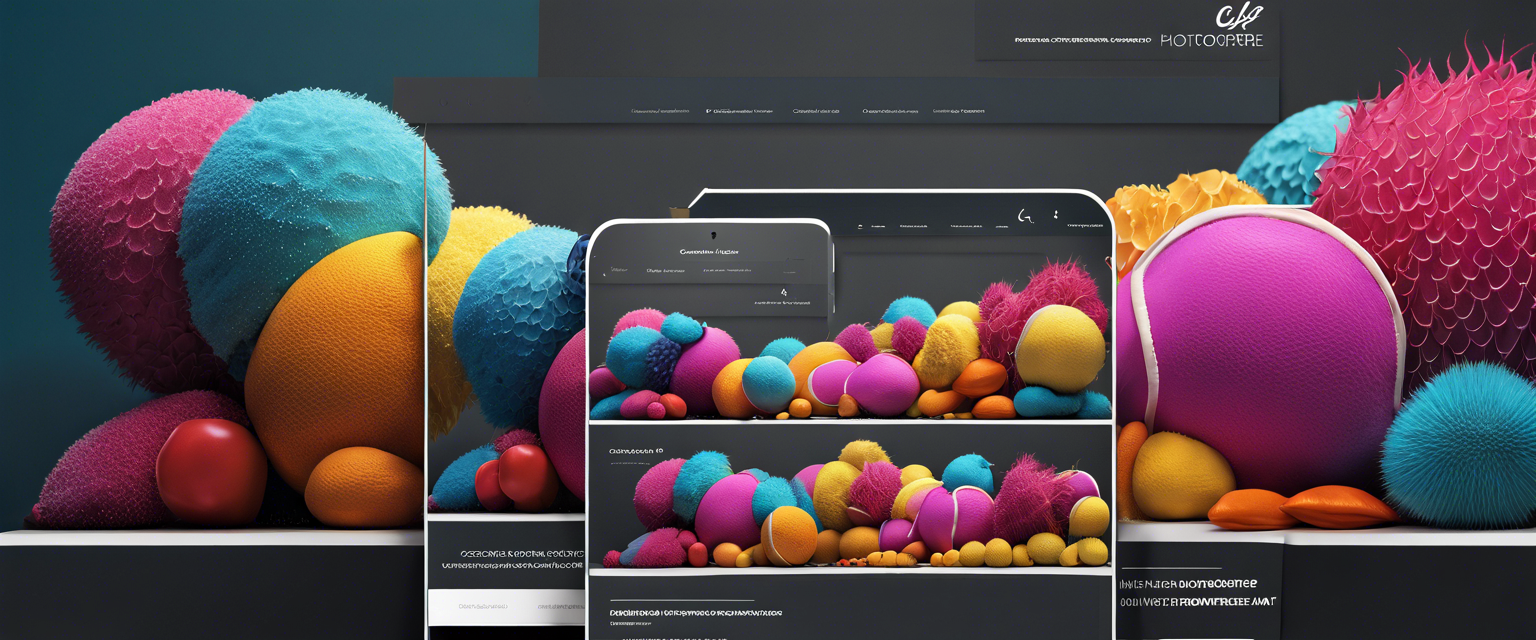Introduction to Computer Vision Models
Dive into the realm of Computer Vision, a mesmerizing domain within Artificial Intelligence that bestows computers with the ability to interpret and make decisions based on visual data. The strides in this domain have paved the way for various models, each boasting unique capabilities.
Overview of Various Computer Vision Models
Delve into an array of models engineered to excel in tasks spanning from object detection to image generation, including:
- Convolutional Neural Networks (CNNs): The pioneers in image recognition tasks, instrumental in object detection and classification.
- Region-based CNN (R-CNN) and its evolutions: Advanced models for object detection and segmentation.
- Generative Adversarial Networks (GANs): Masters of image generation, crafting realistic images from scratch.
Curated List of Top-Performing Models
Explore some of the top-performing models in the field of computer vision:
- EfficientNet: Celebrated for its efficiency and high accuracy in image classification tasks.
- YOLO (You Only Look Once): Renowned for real-time object detection.
- Mask R-CNN: The quintessential model for object segmentation, distinguishing and segmenting each object in an image.
Practical Use Cases
Computer vision models are making a significant impact across various industries, including:
- Healthcare: Transcending from diagnosing diseases through medical imaging to real-time patient condition monitoring.
- Automotive Industry: Fueling autonomous vehicles to perceive and navigate through the environment.
- Retail: Automating inventory management and crafting personalized shopping experiences.
- Security: Augmenting surveillance systems through anomaly detection and facial recognition.
Dive deeper into LLaVA and Fuyu-8B in the subsequent sections, and unravel their unique propositions in simplifying complex computer vision tasks.
LLaVA: An Overview
LLaVA, the Language and Vision Assistant, is an advanced computer vision model proficient in generating descriptive and insightful text based on the content of an image. Bridging the gap between visual data and textual interpretation, it's a valuable asset in diverse fields like digital marketing, social media management, and e-commerce.
Key Capabilities of LLaVA:
- Descriptive Text Generation: LLaVA's prowess in analyzing an image and generating a detailed description provides a textual context for digital marketing campaigns, content creation, or product listings.
- Object Identification and Categorization: By deciphering and categorizing objects within an image, LLaVA aids in inventory management, surveillance, and retail applications.
- Content Moderation: Understanding the content of an image, LLaVA also shines in content moderation by identifying inappropriate or sensitive visual content.
Practical Use Cases:
LLaVA's capabilities transcend theory and find practical applications in real-world scenarios like:
- Digital Marketing: Crafting engaging descriptions for product images to augment online listings.
- Retail Management: Assisting in inventory categorization through product image analysis.
- Surveillance: Identifying and categorizing objects or individuals in surveillance footage.
Fuyu-8B: An Overview
Fuyu-8B, a high-performing computer vision model, stands out for its image classification and theme identification capabilities. Understanding the core subject or theme in an image, it classifies it into predefined categories, making it a powerful tool for organizing large image datasets, content moderation, and enhancing user experiences on digital platforms.
Key Capabilities of Fuyu-8B:
- Image Classification: Categorizing images into predefined classes, easing the organization of large datasets and improving data retrieval efficiency.
- Theme Identification: Going beyond mere classification by discerning the primary theme of an image, a feature paramount in content moderation.
Practical Use Cases:
Fuyu-8B's functionality extends to various domains:
- Data Organization: Aiding in organizing large image datasets in digital libraries or databases.
- Content Moderation: Identifying and filtering inappropriate or off-topic visual content on digital platforms.
- User Experience Enhancement: Elevating user experiences by providing accurate image classifications and descriptions, aiding in better content discovery.
Together, LLaVA and Fuyu-8B form a robust solution for tackling complex computer vision tasks, showcasing the potential of integrating these models in modern applications.
Setting Up and Installation
In this segment, we'll traverse through the steps to erect a conducive environment for implementing LLaVA and Fuyu-8B in a Streamlit application. We'll guide you through the installation of requisite libraries and tools to ensure a seamless development experience.
Pre-requisites:
- Python: Ensure Python 3.7 or above is installed. Download it from the official website.
- pip: The package installer for Python, usually comes installed with Python.
Steps:
Follow the steps below to create a conducive development environment:
-
Create a Virtual Environment:
python3 -m venv env -
Activate the Virtual Environment:
- On Windows:
.\env\Scripts\activate - On macOS and Linux:
source env/bin/activate
- On Windows:
-
Install Necessary Libraries:
pip install streamlit replicate imgurpython -
Set Up Imgur Account:
- Visit the Imgur website.
- Create an account if you don't have one.
- Navigate to https://api.imgur.com/oauth2/addclient to register a new application and obtain your client_id and client_secret.
-
Set Up Replicate Account:
- Hop onto the Replicate website.
- Sign up for an account if you don’t have one.
- Once logged in, navigate to your account settings to find your Replicate API token.
-
Prepare Your Workspace:
- Create a new directory for your project.
- Save the Streamlit application code in a file named app.py within this directory.
With your environment set up, you're poised to build the Streamlit application using LLaVA and Fuyu-8B. In the next section, we'll delve into the step-by-step process of creating this application.
Building a Streamlined Social Media Ad Creator Using LLaVA and Fuyu-8B
Embark on creating captivating social media ads, a blend of creativity, understanding your audience, and the essence of the products you are promoting. With the dawn of machine learning, especially the realm of computer vision, the process of ad creation has become significantly streamlined and automated. In this venture, we'll construct an Automated Social Media Ad Generator employing two potent computer vision models: LLaVA and Fuyu-8B. Our application will conjure ad descriptions and categorize images uploaded by the user, laying a solid foundation for creating engaging social media advertisements.
1. Project Setup
Environment Setup
Ensure your Python environment is set up, as deliberated in the Set Up and Installation section. Activate your virtual environment and ensure all indispensable libraries are installed.
API Credentials
Secure your API credentials from Imgur and Replicate, as outlined in the Configuring API Credentials section.
2. Streamlit Application Structure
We'll employ Streamlit to construct the frontend of our application owing to its simplicity and ease of use for crafting interactive web applications. Our app will encompass the following principal components:
- API Key Configuration: A sidebar for users to input their API keys.
- Image Upload: An interface for users to upload the image they wish to use for the ad.
- Image Type Identification: Utilizing Fuyu-8B to identify the type of image uploaded.
- Description Generation: Employing LLaVA to generate a captivating ad description based on the image type.
- Ad Customization: A text area for users to customize the generated ad description.
- Ad Preview: A preview section to visualize how the ad will appear.
3. Building the Application
Initializing Streamlit and Configuring API Keys
Initiate by importing the requisite libraries and setting up the Streamlit page configuration:
In the sidebar, create fields for users to input their API keys for Imgur and Replicate. When the "Submit" button is pressed, store these keys in the session state:
Uploading Image
Create an interface for users to upload their image:
Processing Image
Upon image upload, initiate the Imgur client and upload the image to Imgur to obtain a URL:
Identifying Image Type and Generating Description
Employ Fuyu-8B to identify the image type and LLaVA to generate an ad description:
Here, we define two crucial functions: get_image_type and get_description.
Customizing and Previewing Ad
Provide an interface for users to customize the ad text and preview their ad:
Wrapping Up
Wrap up by calling the main() function when the script is run:
By following these steps, you'll have built a streamlined social media ad creator leveraging the capabilities of LLaVA and Fuyu-8B, making the ad creation process more automated and efficient.
Tips and Tricks for Working with Computer Vision Models
Dive into some useful tips and tricks that can come in handy while working with computer vision models like LLaVA and Fuyu-8B.
- Optimize Image Sizes: Pre-process your images to ensure they are of a suitable size. Large images can slow down processing, while very small images may result in lower accuracy.
- Handling Different Image Formats: Ensure your application can handle various image formats by adding relevant code to convert all images to a standard format before processing.
- Error Handling: Implement robust error handling to manage any issues that arise during the image processing, especially when interacting with external services or APIs.
- Utilize Caching: Streamlit provides caching capabilities that can help speed up your application by caching results of long-running computations. Utilize @st.cache to cache the results of your model predictions.
- Model Versioning: Keep track of the versions of the models you are using. This practice is crucial for reproducibility and debugging.
- Stay Updated: Regularly check for updates to the libraries and models you are using. Updates often bring performance improvements and additional features.
- Explore Advanced Features: Explore advanced features of the models you are working with. Both LLaVA and Fuyu-8B have additional capabilities that can help improve the accuracy and effectiveness of your application.
Armed with these tips and tricks, you are better equipped to build robust and effective applications harnessing the power of computer vision models.
Conclusion
Congratulations! You have successfully navigated through the essence of LLaVA and Fuyu-8B, set up the necessary environment, built a simple but effective application, and gleaned valuable tips for working with computer vision models. The knowledge acquired through this tutorial serves as a stepping stone towards creating more complex and impactful solutions using computer vision. Keep exploring, learning, and building!



Yorum yazın
Tüm yorumlar yayınlanmadan önce incelenir.
Bu site hCaptcha ile korunuyor. Ayrıca bu site için hCaptcha Gizlilik Politikası ve Hizmet Şartları geçerlidir.